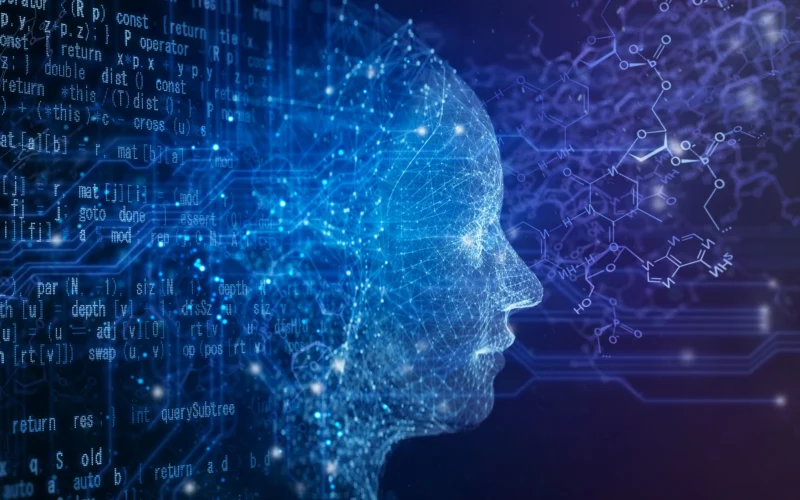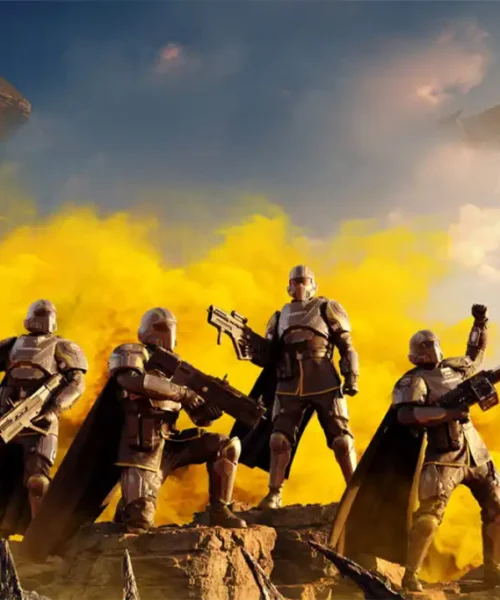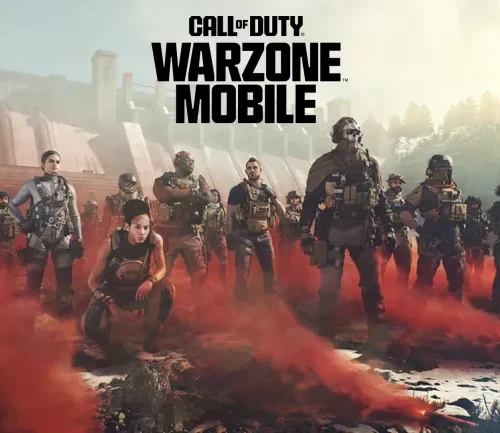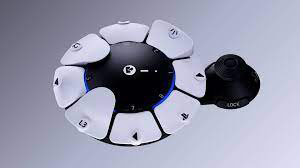By Garrett V.
The answer to this question isn’t very straight forward, instead it relies on many different opinions, and beliefs. This article’s purpose is to shed some light on this controversial subject.
To start, how does an AI image generator work? AI, Otherwise known as “Artificial Intelligence” is a program that tries to replicate the learning brain patterns of a human. When you type something into the image prompt, the AI takes the words that you have submitted, and uses its programming and memory to make an image of the words that you have typed into the program.
Ever since “text to image” AI was released to the public back in 2021, it had been the main topic of controversy for some artists. One artist took to Twitter and said, “We’re watching the death of artistry unfold right before our eyes.” While on the other hand some believe that it is no different than using Photoshop or other digital image-manipulation tools. But why do some of these artists hate it so much? The answer is quite simple. The AI is taught how to make images by learning from other artists’ work. This can cause images that the AI creates to look almost very similar to what the artists would make. This can cause copyright issues with the art that the AI has made, which leads to another point: the Law states that only humans can own copyright claims. Then you might ask “who owns the images that the AI makes?” The answer is, no one. When AI creates art, anyone can use that art for any purpose. Which is good for anyone, except those whose art has just been plagiarized by the AI, and has been released, with no copyrights whatsoever. This often infuriates the artist community, and they request copyright claims on the art that the AI has made, because it resembles art that they have made.
AI generated art has, and will continue to be controversial. Even if some people disagree with the ethics of AI art, I believe that AI is here to stay, because it is a major breakthrough in programming. There is now a way to make an almost sentient virtual being that can learn to do things that people can, such as reading, writing, and of course, making art.




